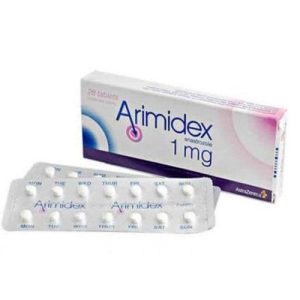Description
Tetracycline is a broad spectrum polyketide antibiotic produced by the Streptomyces genus of Actinobacteria.
It exerts a bacteriostatic effect on bacteria by binding reversible to the bacterial 30S ribosomal subunit and blocking incoming aminoacyl tRNA from binding to the ribosome acceptor site. It also binds to some extent to the bacterial 50S ribosomal subunit and may alter the cytoplasmic membrane causing intracellular components to leak from bacterial cells.
Used to treat bacterial infections such as Rocky Mountain spotted fever, typhus fever, tick fevers, Q fever, rickettsialpox and Brill-Zinsser disease. May be used to treat infections caused by Chlamydiae spp., B. burgdorferi (Lyme disease), and upper respiratory infections caused by typical (S. pneumoniae, H. influenzae, and M. catarrhalis) and atypical organisms (C. pneumoniae, M. pneumoniae, L. pneumophila). May also be used to treat acne. Tetracycline may be an alternative drug for people who are allergic to penicillin.
Pharmacodynamics
Tetracycline is a short-acting antibiotic that inhibits bacterial growth by inhibiting translation. It binds to the 30S ribosomal subunit and prevents the amino-acyl tRNA from binding to the A site of the ribosome. It also binds to some extent to the 50S ribosomal subunit.
This binding is reversible in nature. Additionally tetracycline may alter the cytoplasmic membrane of bacteria causing leakage of intracellular contents, such as nucleotides, from the cell.
Mechanism of action
Tetracycline passively diffuses through porin channels in the bacterial membrane and reversibly binds to the 30S ribosomal subunit, preventing binding of tRNA to the mRNA-ribosome complex, and thus interfering with protein synthesis.
Side effects
All medicines may cause side effects, but many people have no, or minor, side effects.Some medical conditions may interact with Tetracycline.
Tell your doctor or pharmacist if you have any medical conditions.
Common tetracycline side effects may include: nausea, vomiting, diarrhea, upset stomach, loss of appetite, white patches or sores inside your mouth or on your lips, swollen tongue, black or “hairy” tongue, trouble swallowing, sores or swelling in your rectal or genital area or vaginal itching or discharge.
This is not a complete list of all side effects that may occur. If you have questions about side effects, contact your health care provider.




zoritoler imol –
You made several good points there. I did a search on the subject matter and found nearly all persons will consent with your blog.